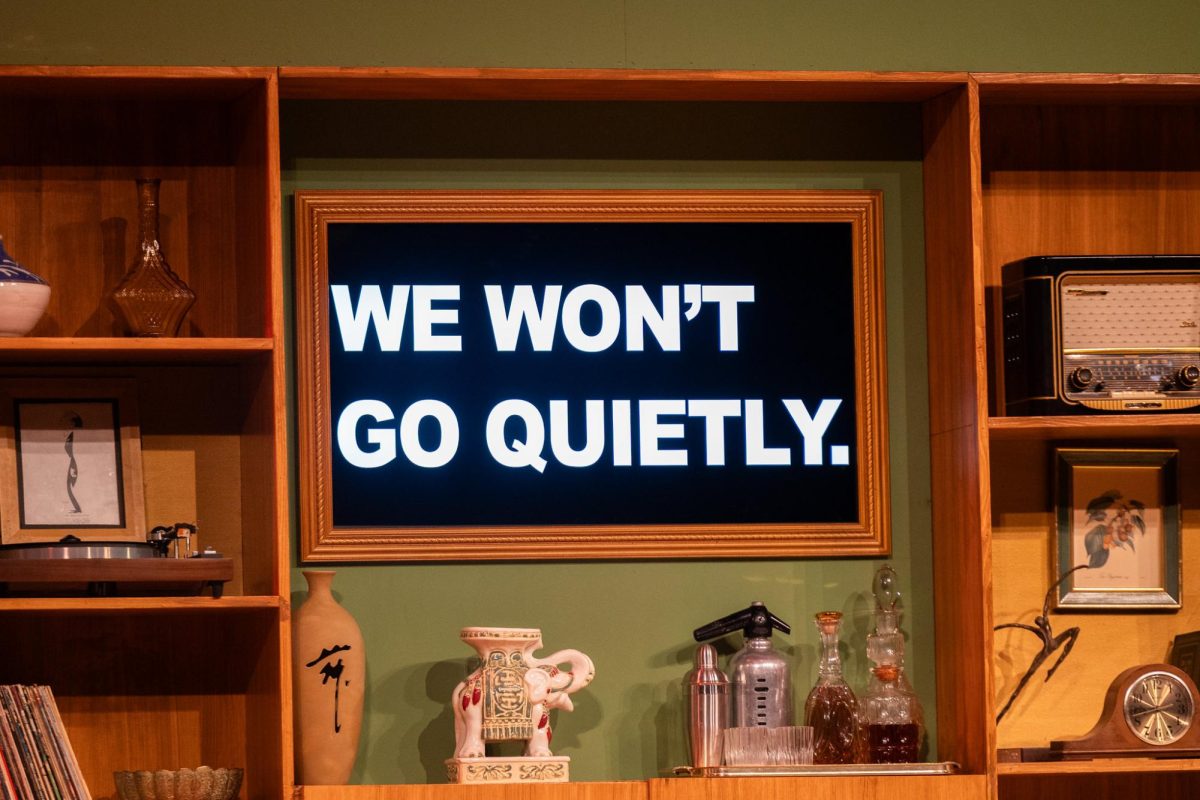On Jan. 20, Glasgow chamber pop-band Belle and Sebastian released their ninth album “Girls in Peacetime Want to Dance” with Matador Records.
Peacetime abandons the Glaswegian band’s once acoustic pop sound in favor of a more electronic one that retains the catchiness and poppy melodies Belle and Sebastian laid out in the mid-1990s.
Rather than solely acoustic ballads that had previously graced the Belle and Sebastian library, the sound is reminiscent of early-to-mid-2000s Synthpop from bands of the time like Hot Chip and early LCD Soundsystem or other acts on the DFA Records brand.
This newfound outlet for the band seems like a decision that came later than they initially wished.
As the record begins, “Nobody’s Empire” starts up with heavy synthesizer; it is hard to tell that one is listening to Belle and Sebastian.
Vocalist Stuart Murdoch’s voice is the only distinguishable feature that one could remind themselves what they are listening to as Murdoch sings of his seven year bout with chronic fatigue syndrome early in his life and the solitude brought about by it.
While there are still characteristics of “Girls in Peacetime” that resonate with the band’s earlier albums—their 1996 debut “Tigermilk” and the immediate follow-up “If You’re Feeling Sinister”—the record explores new territory it seems the band has always wanted to reach because the new sound is in fact well-executed.
The third track, “The Party Line,” sounds straight out of a 1980s new wave record: synthesizers and drum machines with a fade-in that lets loose a barrage of electronic bliss for five minutes.
It almost sounds like something one would hear on today’s Top 40 radio. It’s definitely an adventurous direction that Murdoch and company have taken on “Girls in Peacetime.”
Despite the heavy use of synthesized sounds, Girls in Peacetime has a few tracks that retain the sound that popularized Belle and Sebastian as the quirky acoustic band in the prime of their career. “The Cat with the Cream” is an example of the band doing what they do best.
There’s a lot of juxtaposition and genre changing within the album’s 61-minute runtime. The tracks that sound like classic Belle and Sebastian are almost polar opposites in comparison. One of these tracks, “Enter Sylvia Platt,” sounds like it came straight out of the 1990s and early 2000s Europop scene, especially after following the simple “The Cat with the Cream.”
This being said, the sonic change doesn’t necessarily do well for the band.
It would make a longtime listener ache for the older songs, but not want to spend the money for five of 12 tracks that sound like classic Belle and Sebastian.
Unless they have a really open mind to the ways musicians tend to experiment, a veteran listener will not be a fan. Another drawback is the album’s 61-minute runtime, which is 20 minutes longer than anything else the band has released.
It’s a little bit daunting in terms of how long one is required to stay put and give their attention to in order to take the album in wholly.
There would be no problem with sitting for an hour to listen to something. In fact, there are plenty of great records from start to finish that play for over an hour.
This record is not one of those; it seems as if Murdoch has chosen to hide decency in filler and the overall impression of the record is something the band leaves up to the listener.



































